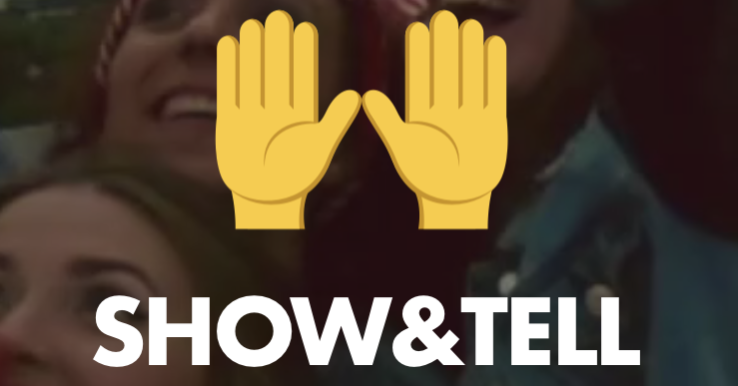

Michael Sayman was just 17 when Facebook hired him, but he’d already built 5 apps. Now 7 years after his first launch, the Facebook product manager has just released Show and Tell, which turns selfies and visual communication into a game. You’re given an emotion to act out, you send the video to friends and they try to guess what you’re feeling.
“I made 4 Snaps about 3 years ago and it was like the same thing, except with 4 pictures instead of videos. And so I thought it would be fun to make a video version,” Sayman tells me.

When I asked the now 20-year old if Facebook helped and if it’s cool with him making his own apps on the side, he tells me Show and Tell is “not connected to Facebook,” and that “as long as they don’t compete, it’s fine.”
Sayman last launched Facebook’s high school-only app experiment Lifestage in August. But with Show and Tell, he says, “I made it during the weekends . . . on a separate laptop, so it was ok 👍. Of course, I had to go make sure it was all good with the conflicts team before putting it anywhere.”

Sayman, now 20, pictured on the left, was just 17 when he was hired by Facebook, as shown on the right
The game trades on the same immutable fact as the ALS Ice Bucket Challenge that set off the meteoric rise of video on Facebook: Certain activities make everyone look funny. Like pretending to be a snake, or mimicking the “disgust” emoji. And the game is inherently viral, as it pushes you to send your charades to friends. It’s already gunning for revenue with interstitial ads.
Games built atop mobile video have a big opportunity. While there are plenty of open-ended platforms like YouTube, Snapchat, Instagram and Houseparty, one of the core problems is that most people don’t know what to do on camera. Some apps have tried to solve that with crazy selfie filters and stickers that divert the attention from your real face. Show and Tell lets you respond to a prompt rather than creating from scratch.

There are plenty of other ways this medium could be explored. Video-dating apps where everyone answers a question, Q&A apps for sharing knowledge or games that detect your movement on camera. Show and Tell would have to get pretty big for Sayman to quit his lucrative day job. But this experiment in mobile could also teach Sayman what tricks to bake into Facebook’s next standalone app.

